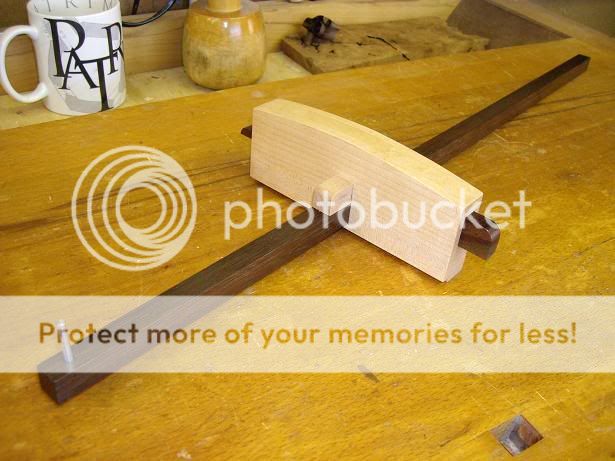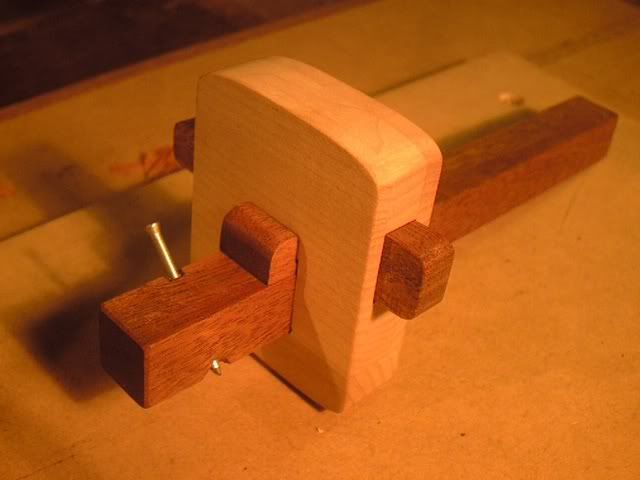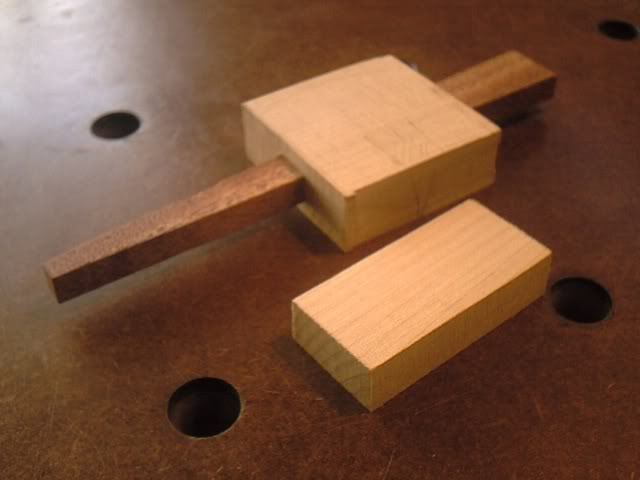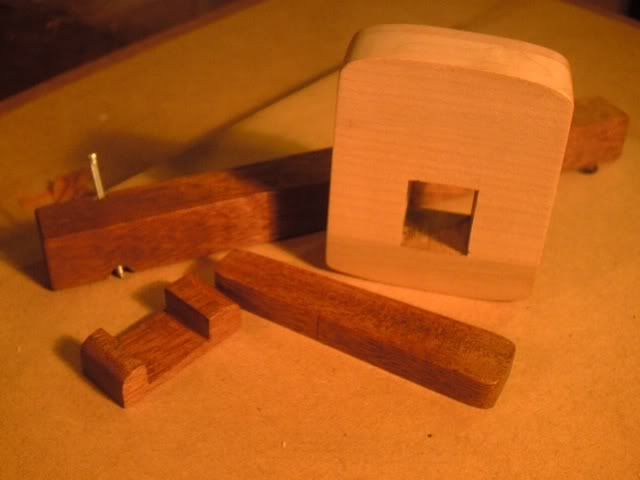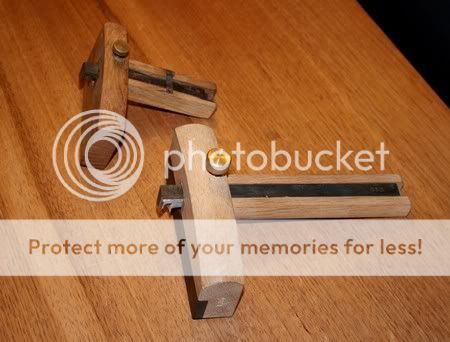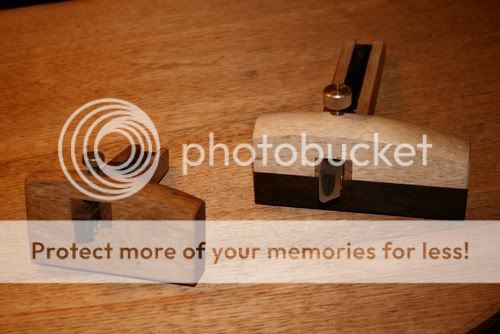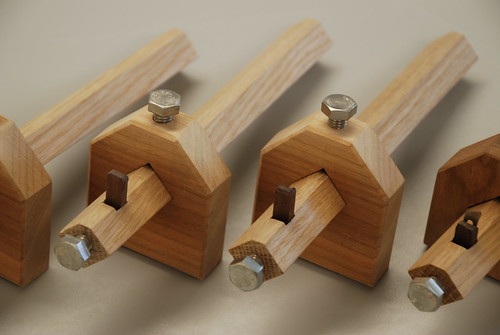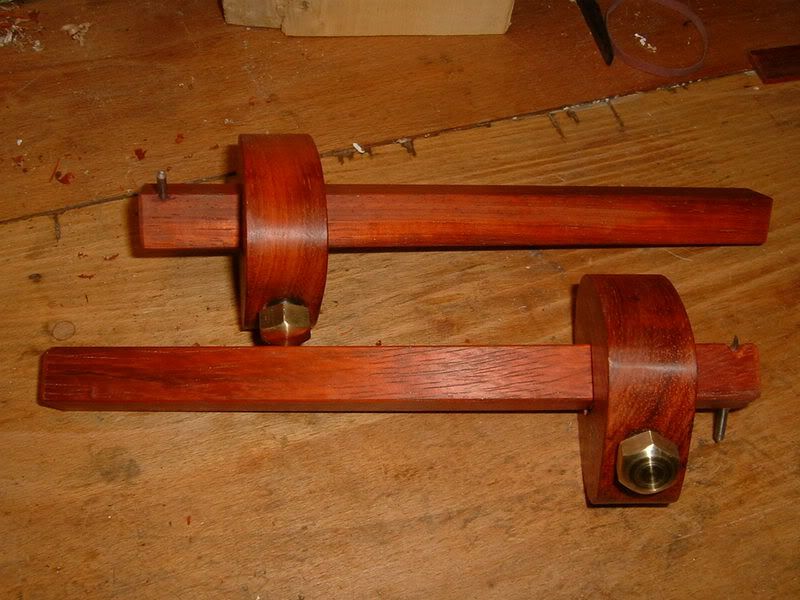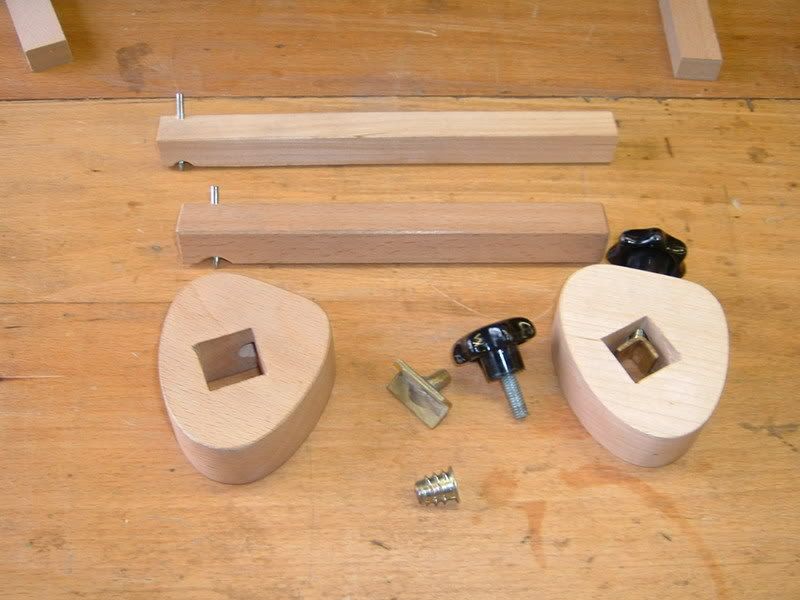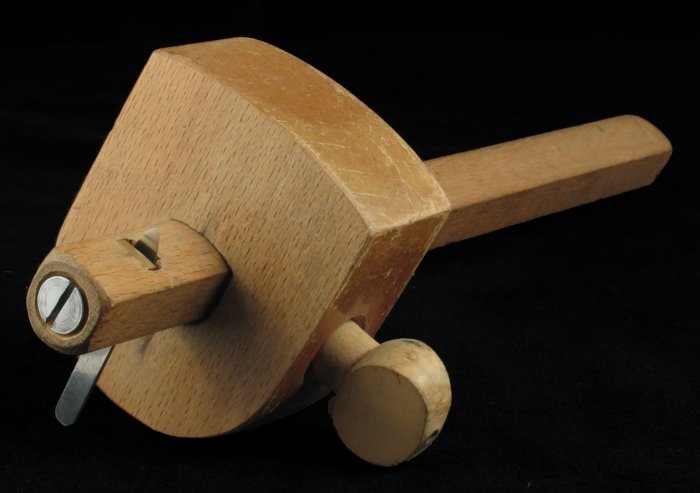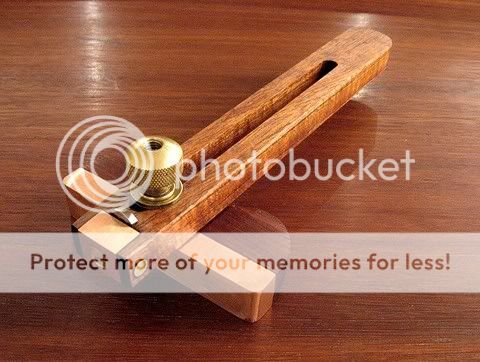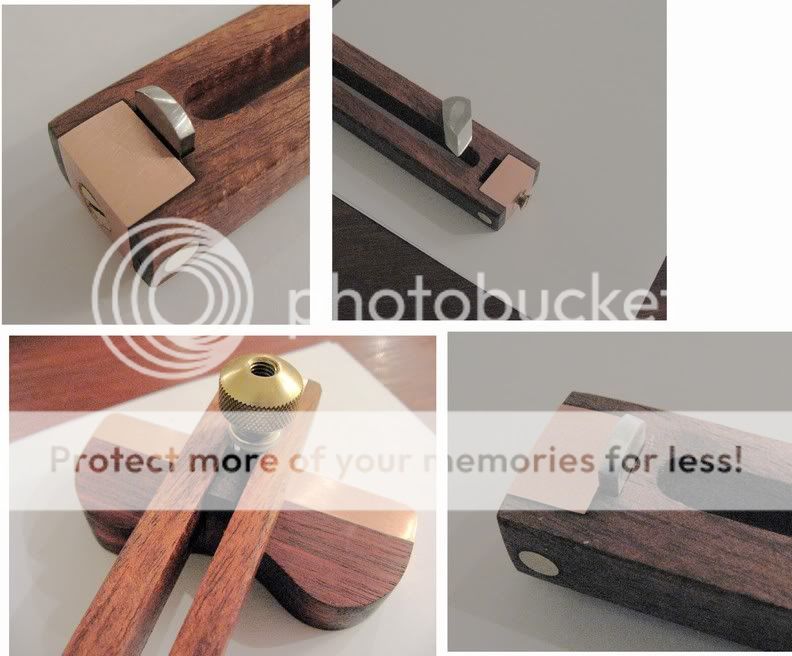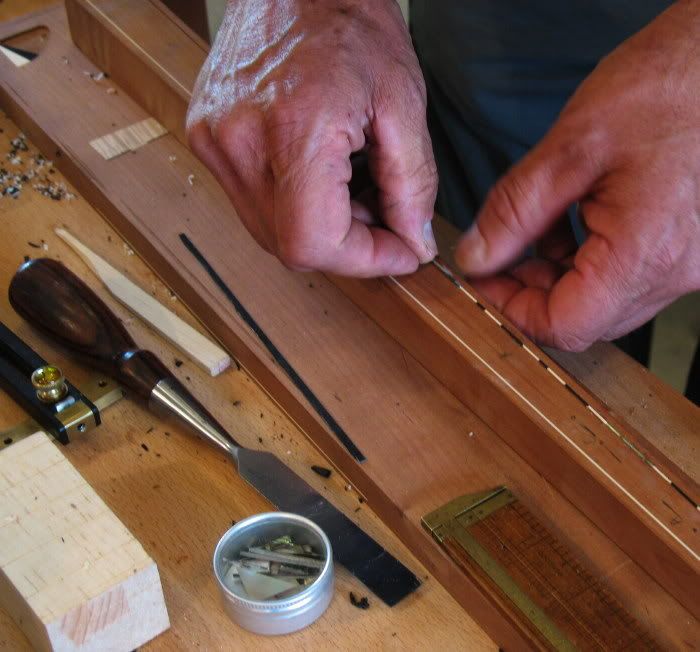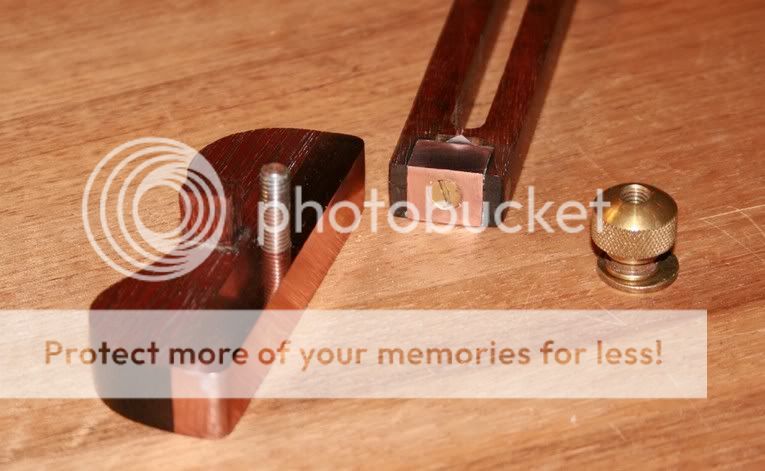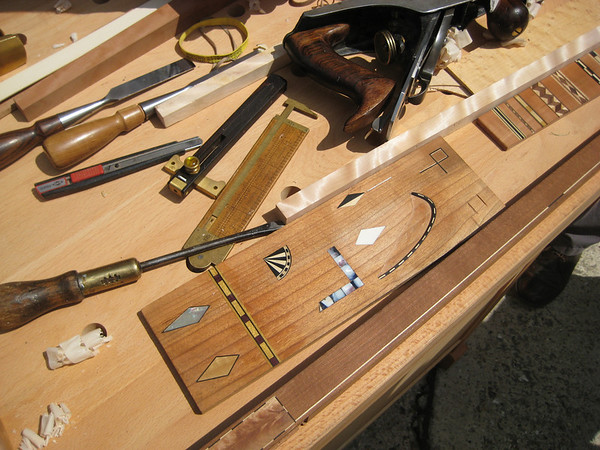Hey folks
I am looking to buy a quality marking/cutting gauge.
I would prefer one which doesn't need the actual "pin" modifying, and have been thinking about one of the gauges which use a spin wheel to provide the mark.
Any suggestions/recommendations?
And are these wheels reversible?
Cheers
Karl
I am looking to buy a quality marking/cutting gauge.
I would prefer one which doesn't need the actual "pin" modifying, and have been thinking about one of the gauges which use a spin wheel to provide the mark.
Any suggestions/recommendations?
And are these wheels reversible?
Cheers
Karl




